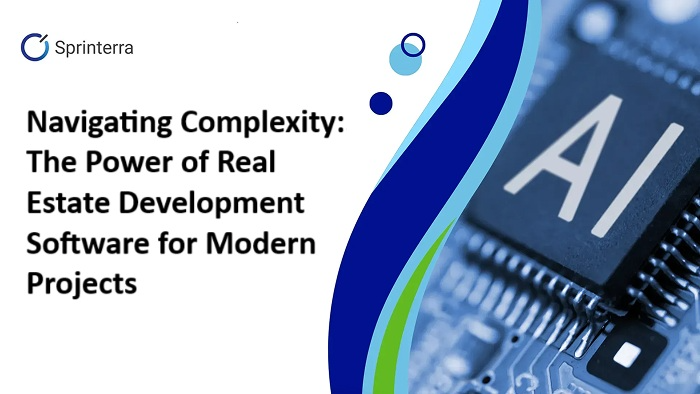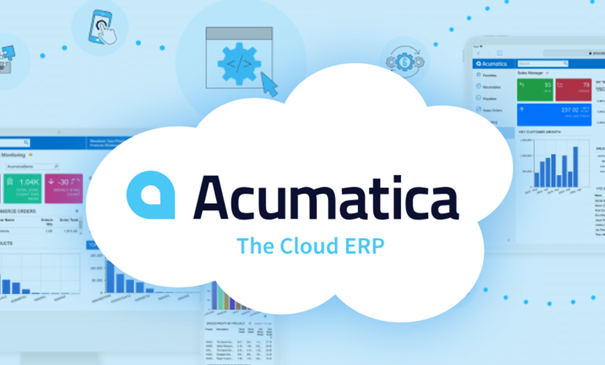
Real estate development has evolved from straightforward land-and-build projects into intricate, multi-stakeholder ventures that demand perfect coordination across planning, construction, financing, and operations. For businesses striving to bring projects to fruition on-time, within budget, and poised for long-term returns, the right digital tools are indispensable. This post explores how real estate development software and its related ecosystems, covering accounting, property management platforms, and commercial operations, are reshaping outcomes for developers and property managers alike.
Development projects span various phases: pre‑development, funding, construction, and handover. Without an integrated system, data gets scattered across spreadsheets, documents, and emails. High-quality software for real estate development unifies budgets, approvals, invoices, commitment tracking, and cost-to-complete forecasts. This centralized structure significantly reduces errors and keeps projects aligned.
Teams of architects, contractors, lenders, and internal stakeholders all require real-time visibility. Modern platforms ensure that task assignments, change orders, and financial projections are consistently visible regardless of location. This level of transparency enables faster approvals, fewer discrepancies, and better accountability throughout the lifecycle.
With built-in accounting software, developers are empowered with live budget vs. actual comparisons, automated draw requests, and real-time job cost accounting. This enables proactive financial governance, reducing overspend risk and improving stakeholder confidence.
After project completion, managing ongoing tenancy, leases, maintenance, and property financials becomes critical. The best real estate development software tools also extend into the property phase, supporting tasks like commercial leasing, CAM reconciliations, percentage rent handling, and tenant billing, ensuring continuity from build to operation. By seamlessly extending from development to property management, these tools maintain data continuity and operational efficiency.
The integration of project and property management culminates in superior financial operations. Commercial property management accounting software provides automated invoicing, expense tracking, and real-time dashboards that cater to owners, asset managers, and accountants. Mobile tools support tenant interactions and maintenance tasks, ensuring cohesive management across teams.
Such systems also improve compliance: audit trails, lease abstractions, and CAM recoveries become structured tasks, reducing risk and administrative burden.
Earlier, organizations often relied on fragmented systems, separate tools for project tracking, spreadsheets for finance, and standalone property management solutions. Transitioning to a single platform eliminates duplication and reconciliation problems.
Unified solutions offer:
Integrated budgeting and financial tools
Real-time analytics across development and property portfolios
Automated workflows and alerts that expedite daily processes
Scalable frameworks that enable seamless Acumatica Integration across development and financial systems
By collapsing silos, businesses streamline operations, enhance data integrity, and encourage informed decision-making.

When selecting a solution, consider these essentials:
Look for tools that go beyond development. Features like tenant portals, service requests, CAM tracking, and lease management ensure that the transition from project phase to property operations is seamless and comprehensive, positioning them as top choices among commercial property management software options.
Businesses using integrated platforms across project and asset management often report:
The scalability of cloud-native platforms also supports multi-company, multi-project operations with zero data fragmentation, contributing to teams adapting faster and performing better.
By embracing comprehensive solutions like project management software and Acumatica Cloud ERP, businesses are transforming the way they plan, execute, and manage both short-term builds and long-term property portfolios.
Adopting the best‑in‑class real estate development software and commercial property management software isn’t just about keeping pace, it’s about reimagining what’s possible. By elevating collaboration, automating finance, and integrating key workflows, companies are rewriting their bottom lines and building smarter, stronger portfolios.
In a world where complexity is the norm, what would your business look like if clarity became your competitive advantage?
Real estate development software is a digital tool that helps developers manage every phase of a project, from pre-development planning to construction, financing, and asset management. It consolidates tasks, financial data, and communication into one centralized system, reducing errors and delays. By using development software, companies can increase efficiency, improve decision-making, and ensure on-time, on-budget delivery.
Project management software for real estate provides real-time visibility into costs, timelines, and approvals. It centralizes task assignments, budget tracking, change orders, and vendor communication. With features like cost-to-complete forecasting and automated alerts, developers can proactively identify risks, prevent overspending, and keep complex projects aligned with goals.
Yes, many leading solutions support seamless Acumatica integration and other ERP systems. This allows real-time syncing between development budgets, general ledger entries, and financial reports. Integration eliminates data silos, reduces manual entry, and enhances accuracy across both construction and financial teams.
Real estate development software focuses on managing the planning, funding, and construction stages of a project. In contrast, commercial property management software handles the operational phase, such as tenant billing, lease management, maintenance scheduling, and CAM reconciliations. Some platforms offer both functions in a unified system for end-to-end lifecycle management.
Commercial property accounting software automates key financial tasks like invoicing, rent collection, expense tracking, and reporting. It supports real-time dashboards and audit trails, helping property owners and managers stay compliant and financially organized. Integrated systems also improve tenant satisfaction through accurate billing and transparent communication.
Get the latest insights on exponential technologies delivered straight to you